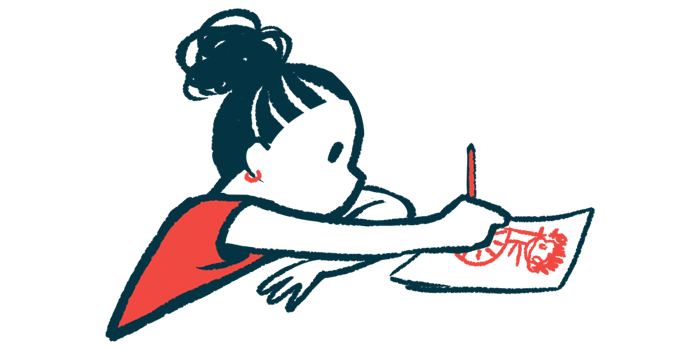CMV viral infections in SLE children linked to poor outcomes
Early CMV treatment key to improve prognosis in lupus patients

Viral infections with cytomegalovirus, known as CMV, are highly prevalent in children with systemic lupus erythematosus (SLE), and are linked to high disease activity and poor outcomes, a study in China reports.
Given that anti-CMV treatment can reduce disease activity and flares, the virus’ early identification and treatment are key to improving patients’ prognosis, according to researchers.
“Prevention and monitoring of CMV infection is an important part of the management of [pediatric] SLE patients,” the team wrote.
The study, “Clinical phenotypes and prognosis of cytomegalovirus infection in the pediatric systemic lupus erythematosus: a longitudinal analysis,” was published in the journal Pediatric Rheumatology.
Disease activity scores were lower for patients given CMV treatment
SLE is the most common form of lupus, a chronic autoimmune disorder that can affect virtually every part of the body. The disease is common in adults, but it also can affect children, with estimates indicating that pediatric SLE accounts for 15%-20% of all SLE cases.
The causes of SLE are complex, and generally involve a combination of genetic susceptibility and environmental factors, such as viral infections. CMV infections, which are caused by a virus usually acquired during childhood, are one of the most common complications in SLE and may be a predisposing factor for the disease.
“However, it is difficult for clinicians to distinguish whether CMV simulates the onset of SLE or CMV causes the recurrence of SLE and it is not clear whether the anti-CMV treatment has an impact on the prognosis of SLE patients with CMV infection,” the researchers wrote.
Now, a team of scientists in China sought to clarify the clinical characteristics and prognosis of CMV infection in children with SLE — as well as the effect of anti-CMV treatment on disease outcomes.
To that end, the scientists conducted a retrospective study involving 146 children with SLE who were followed at the Peking Union Medical College Hospital between 2012 and 2021. The children had an average age of 12.01 years, and the majority were girls.
Among the children, 109 (74.7%) had a CMV infection. Those with a CMV infection had significantly higher disease activity, as measured by the SLE Disease Activity Index-2000 (SLEDAI-2K) score. These pediatric patients also had a higher incidence of fever and musculoskeletal involvement as compared with children who did not have a CMV infection.
CMV-positive patients also were more likely to have hemolytic anemia — anemia caused by red blood cell destruction — elevated liver enzymes, low levels of immune complement proteins, and several SLE-related antibodies, including anti-dsDNA antibodies.
When assessing the medications patients were taking in the four weeks preceding CMV screening, researchers found that 88 (60.3%) of the children were on prednisone or immunosuppressive therapies. The most common medications used to suppress immune activity were hydroxychloroquine (sold as Plaquenil, among other brand names; 38.4%), followed by mycophenolate mofetil (sold as CellCept; 18.5%), and cyclophosphamide (sold as Cytoxan, among other names; 11%).
[Data] showed that the combination of anti-CMV therapy on the basis of standard SLE treatment could accelerate the clinical remission of [pediatric] SLE complicated by CMV infection.
Longer follow-up analyses conducted in 135 patients who were consistently followed up to 10 years showed there were 49 (36.3%) subsequent SLE flares, which were more commonly seen in CMV-positive patients. More specifically, analyses showed that 44.6% of SLE patients with CMV infection relapsed within a median follow-up time of 47 months, or approximately four years.
Moreover, additional analyses indicated that SLE patients with CMV infection were at a significantly higher risk of experiencing progression to a flare compared with those without CMV infection.
Even though disease activity scores decreased significantly over time in both groups, they remained consistently higher in CMV-positive patients, highlighting the overall poor prognosis for these children.
Moreover, disease activity scores were consistently higher in patients not treated for CMV infection compared with those who received treatment. The overall trend for the decrease in disease activity was stronger in those given CMV treatment.
“This showed that the combination of anti-CMV therapy on the basis of standard SLE treatment could accelerate the clinical remission of [pediatric] SLE complicated by CMV infection,” the researchers wrote.
However, considering the small number of patients without CMV infection included in the study, the team noted that “prospective studies with larger sample sizes are still needed to further validate these findings.”







